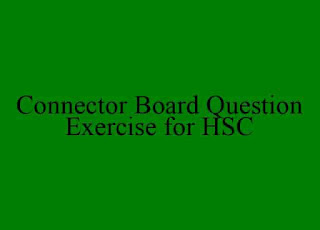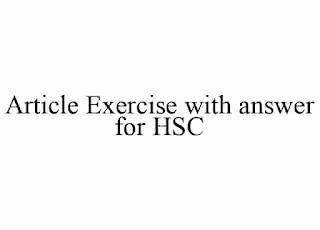The Windhover Questions and Answers
Q.1. When was the poem “The Windhover" written?
Answer: “The Windhover” was written in 1877.
Q.2. When was the poem "The Windhover" published?
Answer: "The Windhover" was published in 1918.
Q.3. What type of poem is "The Windhover"?
Answer: It is a sonnet written on the model of Petrarch.
Q.4. To whom is the poem “The Windhover” dedicated?
Answer: The poem is dedicated “to Christ our Lord”.
Q.5. “I caught this morning morning's minion, king -” What does the word “caught” mean here?
Answer: Here the speaker/the poet uses the word ‘caught’ to mean saw.
Q.6. “I caught this morning morning's minion, king-” What literary devices are used here?
Answer: Here we find metaphor, alliteration and assonance. Here the windhover / falcon is indirectly compared to the minion and the dauphin; and his world to a kingdom. The letter ‘m’ is repeated three times and the vowels ‘o’, ‘i’ and are also repeated.
Q.7. Who/What is the ‘morning's minion’?
Answer: By the ‘morning's minion’, the poet/ speaker refers to the windhover or the falcon.
Q.8. What is a minion?
Answer: A minion is a devoted servant.
Q.9. What is dauphin?
Answer: Dauphin is a French word for the crown prince, or the dude who is next in line to be king.
Q.10. What is the windhover?
Answer: The windhover is the kestrel, a small European falcon or hawk somewhat resembling the American sparrow- hawk.
Q.11. What do you mean by “Dapple- dawn"?
Answer: “Dapple- dawn” is an unusual way of describing the dawn. Dapple means spotted, so perhaps the light of the early morning is slightly broken up by some clouds.
Q.12. What is the windhover doing?
Answer: The windhover is riding upon the air just as the dauphin or prince may ride upon his horse.
Q.13. Why the falcon is called the windhover? Answer: The falcon is able to hover in one place in the air while scanning the ground for prey, just like how a swimmer treads water - So, it is called the windhover.
Q.14. How does the poet describe the air the bird is riding?
Answer: The poet says that the air the bird rides is both rolling, but also “level” and “steady.”
Q.15. How is the air beneath the bird when he is flying / riding / hovering?
Answer: While the bird is riding/ flying, the air beneath him is rolling but also “level” and “steady.”
Q.16. Is it possible when a bird flies the air beneath it re- mains level and steady?
Answer: Normally, it is impossible; because when a bird flies the air beneath him cannot remain “level” and “steady.” But the bird /falcon is so skilled at riding that the air beneath him remains level and steady when he flies.
Q.17. How is the falcon striding?
Answer: The falcon is striding up high in the air.
Q.18. Can a bird really stride?
Answer: A bird cannot really stride, or take long steps. It is an unexpected metaphor.
Q.19. What does the word ‘striding’ mean?
Answer: The word ‘striding’ means taking long steps.
Q.20. “Of the rolling level underneath him steady air, and striding”- What does ‘striding’ imply?
Answer: Here “striding” implies a lot of control or authority. The bird is circling in the air as though controlling his movement in the air.
Q.21. What does the idiom ‘to ring upon the rein’ mean?
Answer: The idiom 'to ring upon the rein' means ‘to check the horse circling at the end of a long rein which the trainer is holding in his hand’.
Q.22. What does ‘wimpling’ mean?
Answer: ‘Wimpling’ means rippling.
Q.23. “High there, how he rung upon the rein of a wimpling wing”- What is meant here?
Answer: Here it is meant that the wings of the birds are rippling in the air like the nuns' wimples in movement.




